Dry Rot Repair
Complete restoration of rotted wood structures and framing.
Learn more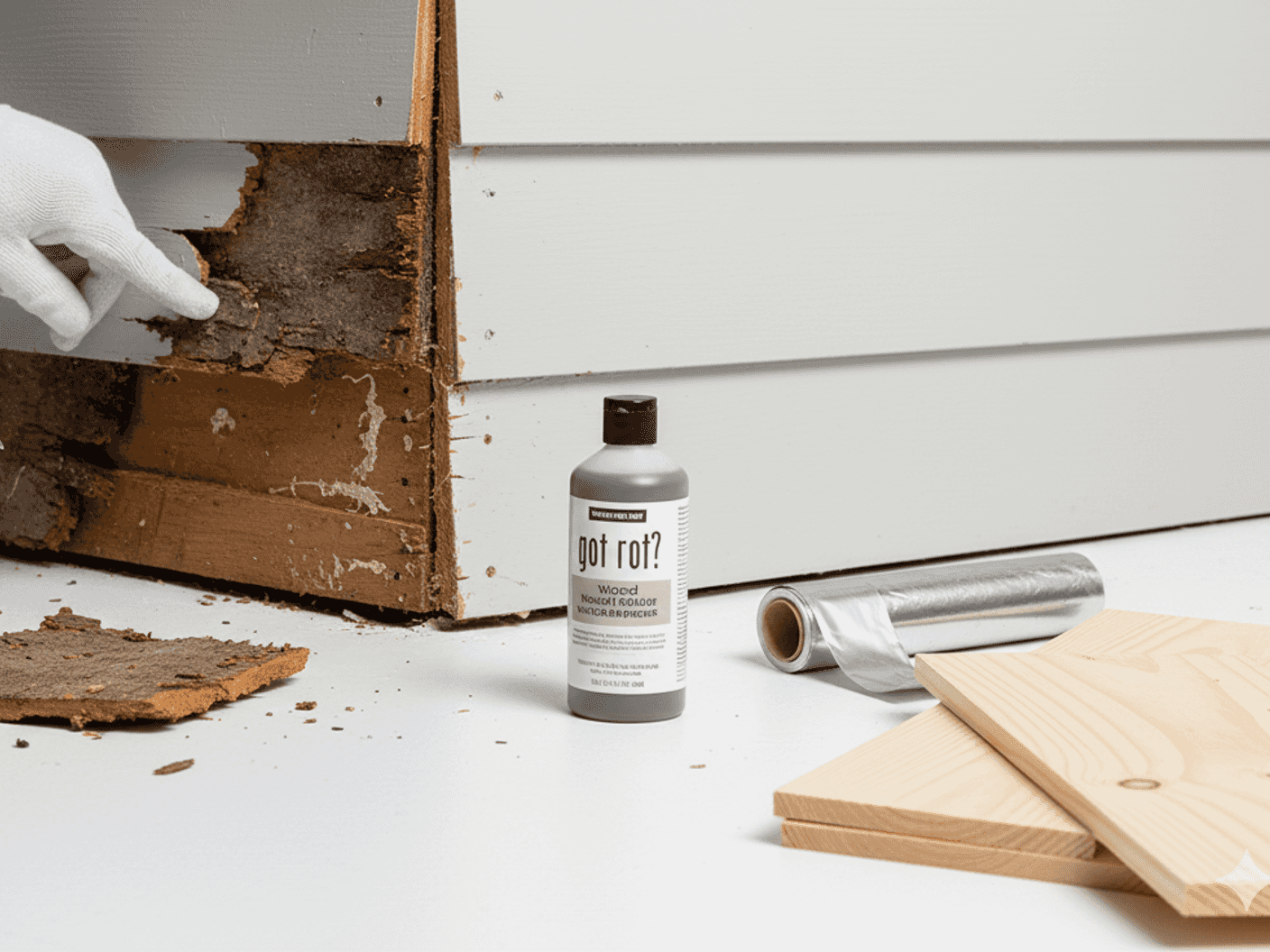
Siding Repair
Fix damaged siding and protect your home's exterior.
Learn more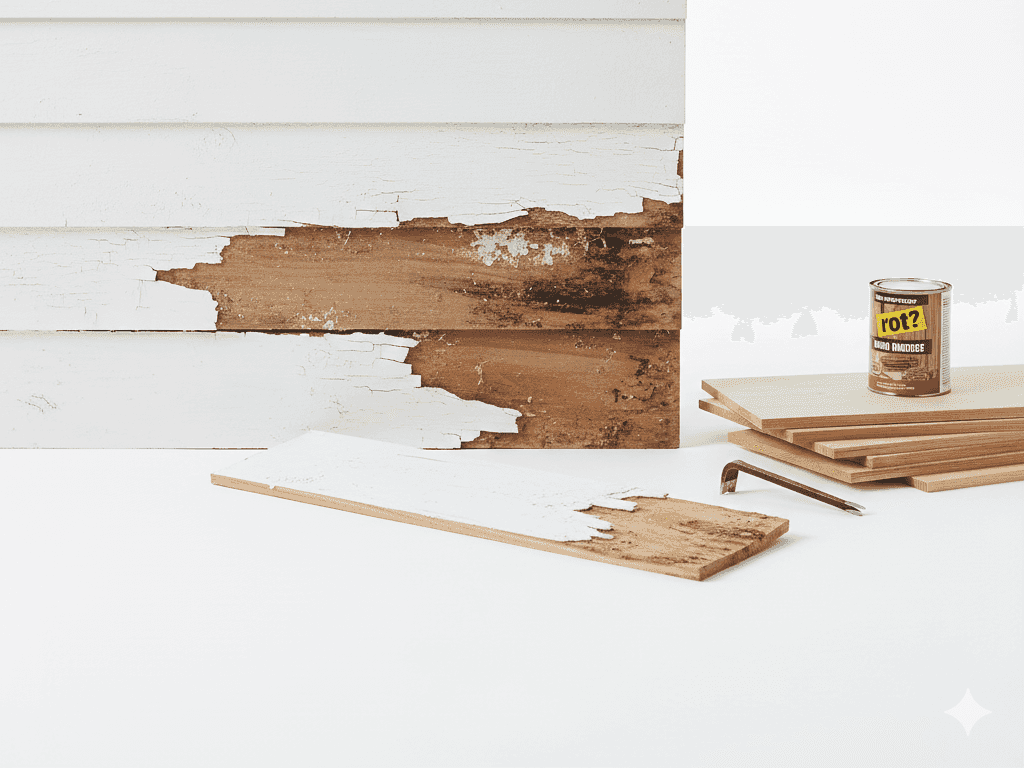
Roof Repair
Address roof damage before it leads to costly problems.
Learn more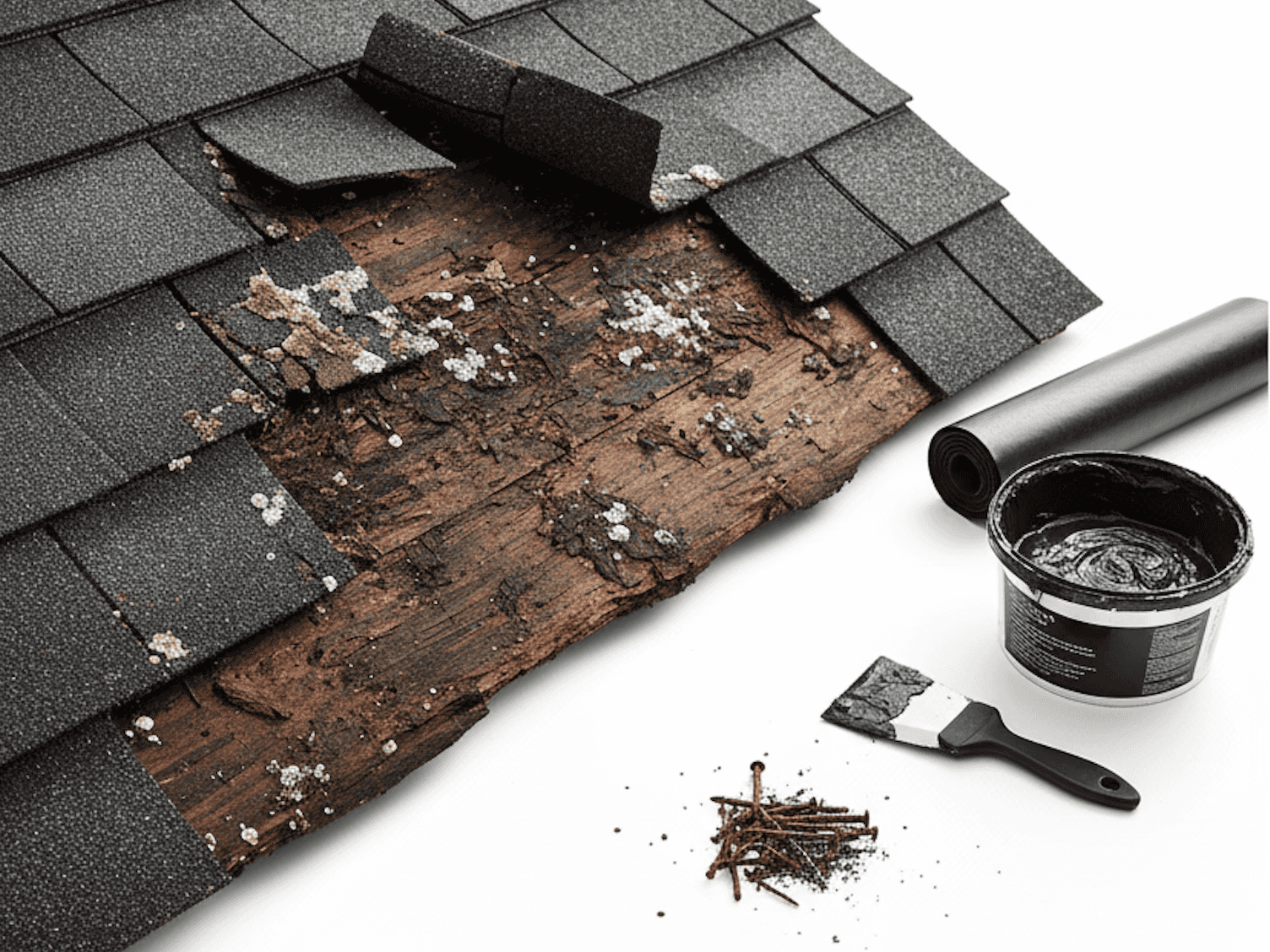
Deck Repair
Restore your deck's beauty and structural integrity.
Learn more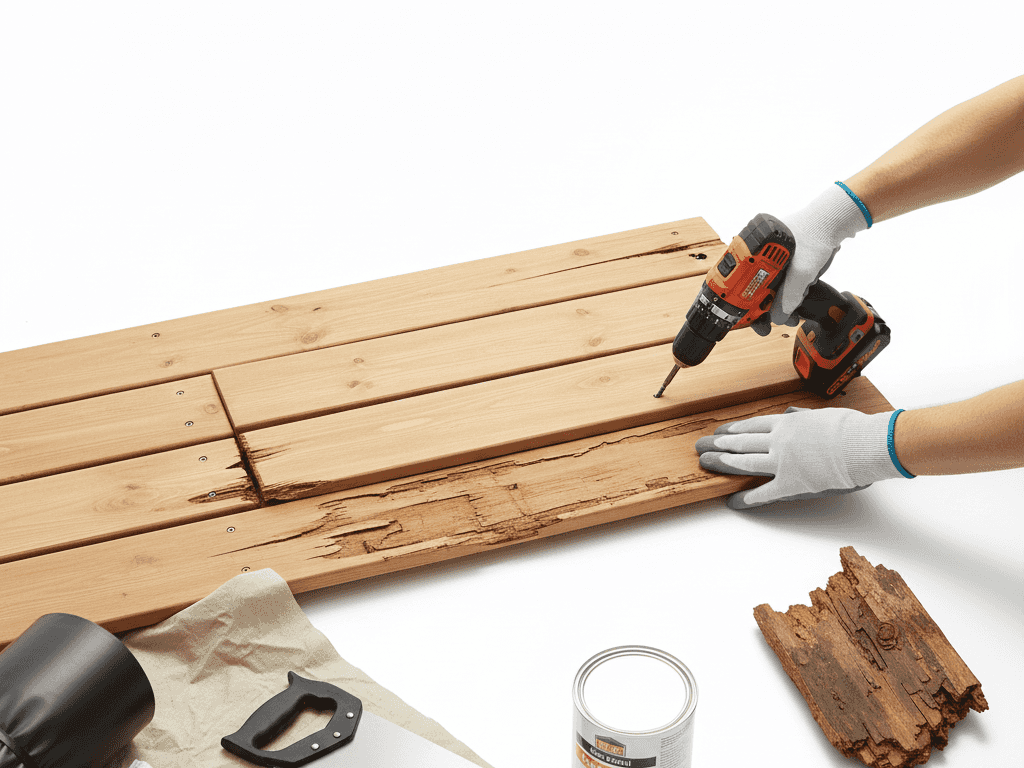
Wood Frame Repair
Structural repairs for load-bearing elements.
Learn more
Water Leak Repair
Stop water damage and prevent rot.
Learn more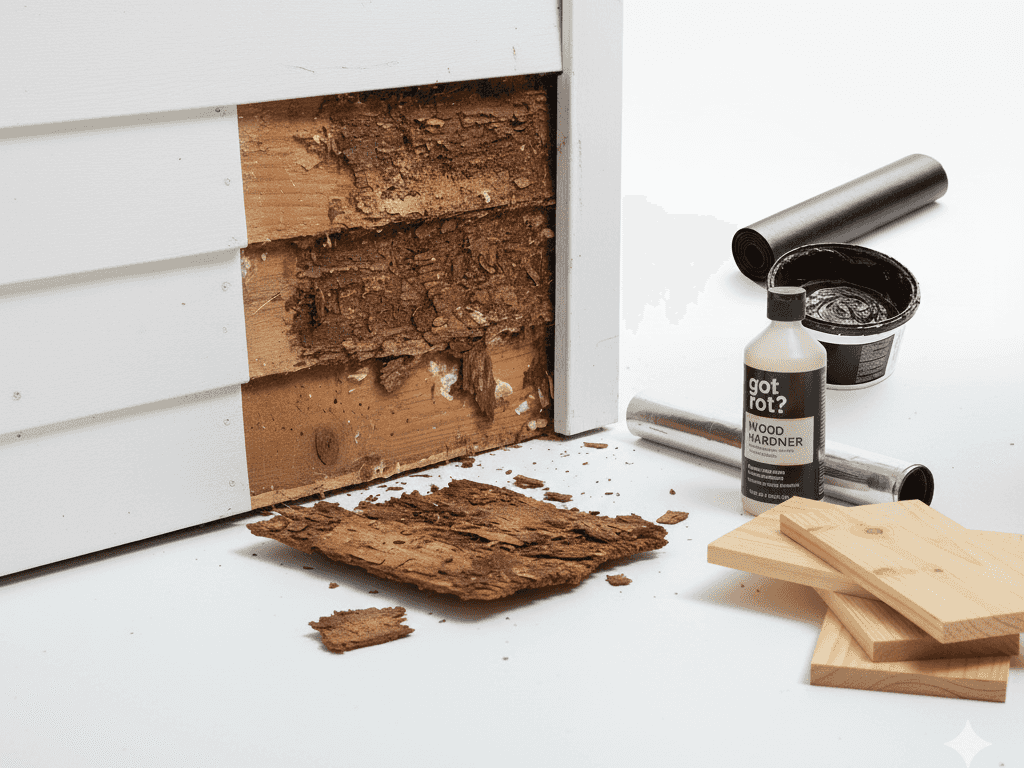
Window & Door
Fix rotted frames, sills, and trim.
Learn more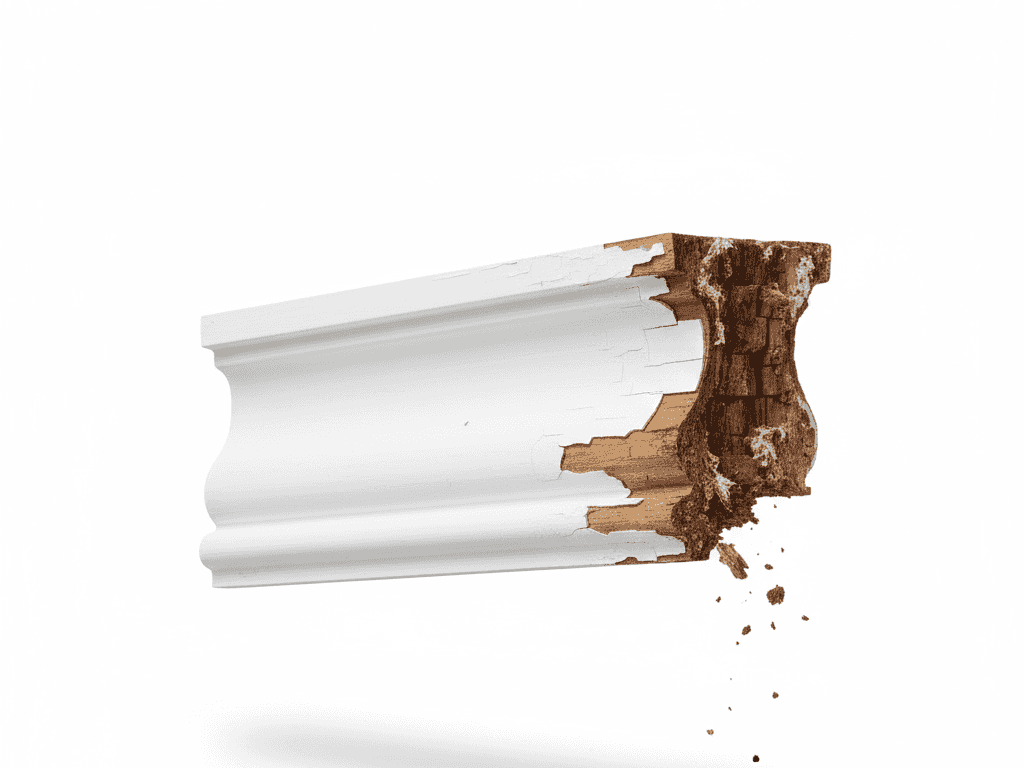
Crawl Space
Moisture and rot in hard-to-reach areas.
Learn more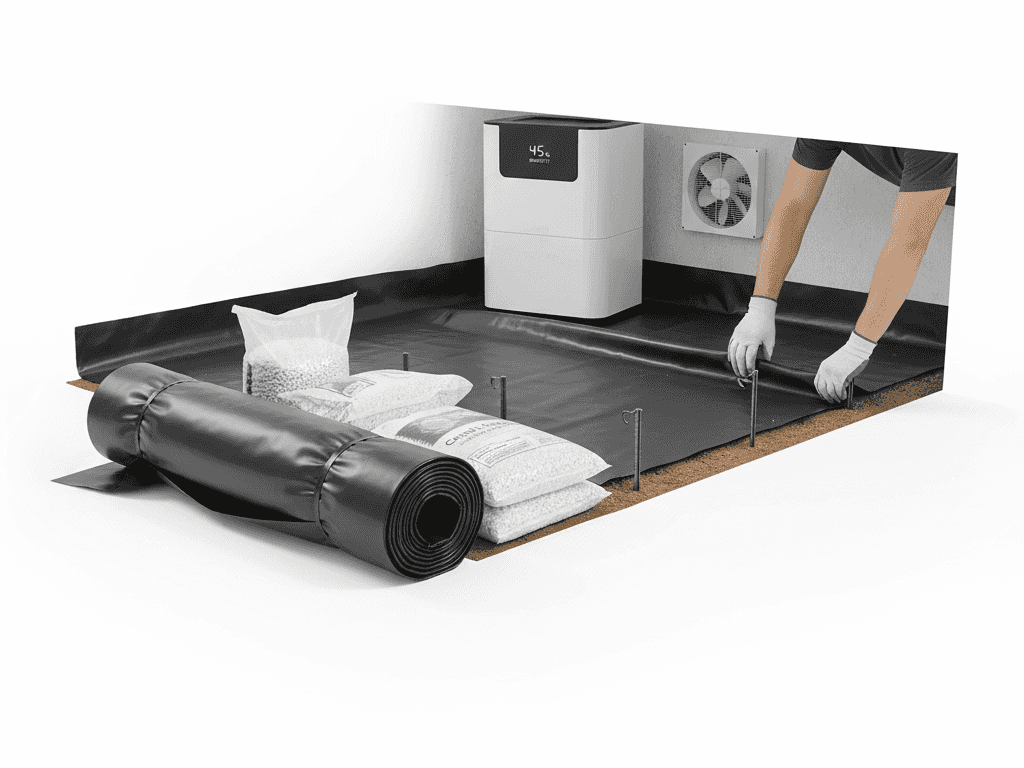
Prevention
Preventative treatments and protection.
Learn more
Inspection
Thorough assessment of hidden damage.
Learn more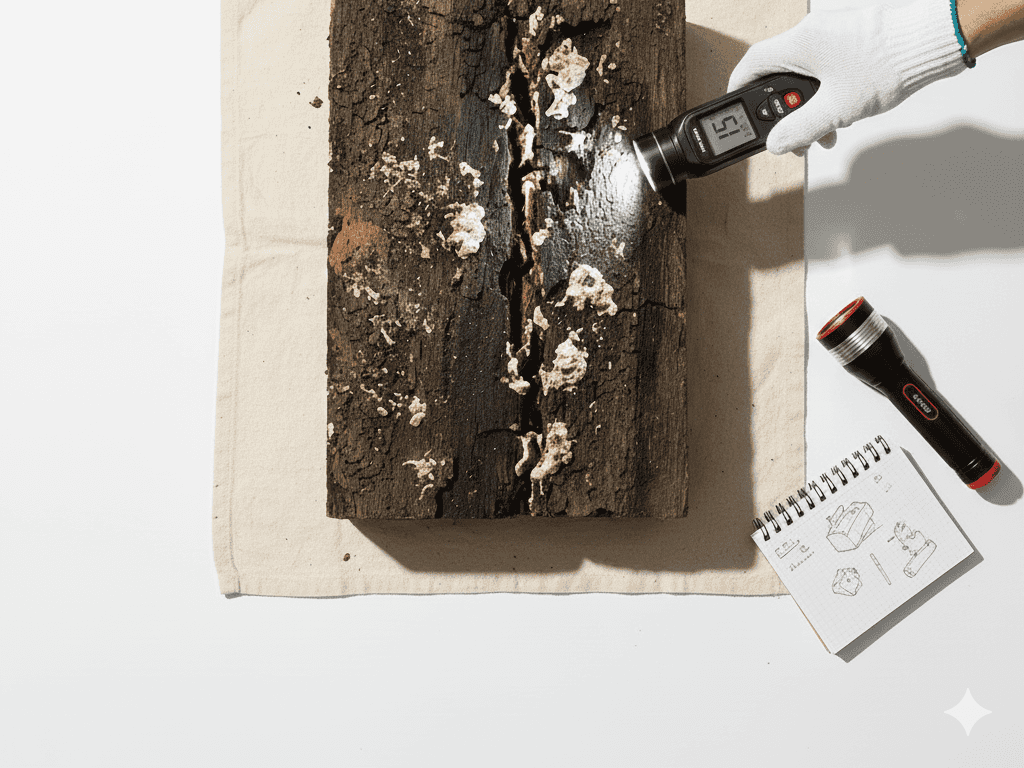
Not sure where to start?
Schedule a free consultation to discuss your project.
See the difference we make
From rotted decks to beautiful outdoor spaces, damaged siding to pristine exteriors - see how we restore and protect Pacific Northwest homes.
Free inspections • Honest pricing • Work guaranteed
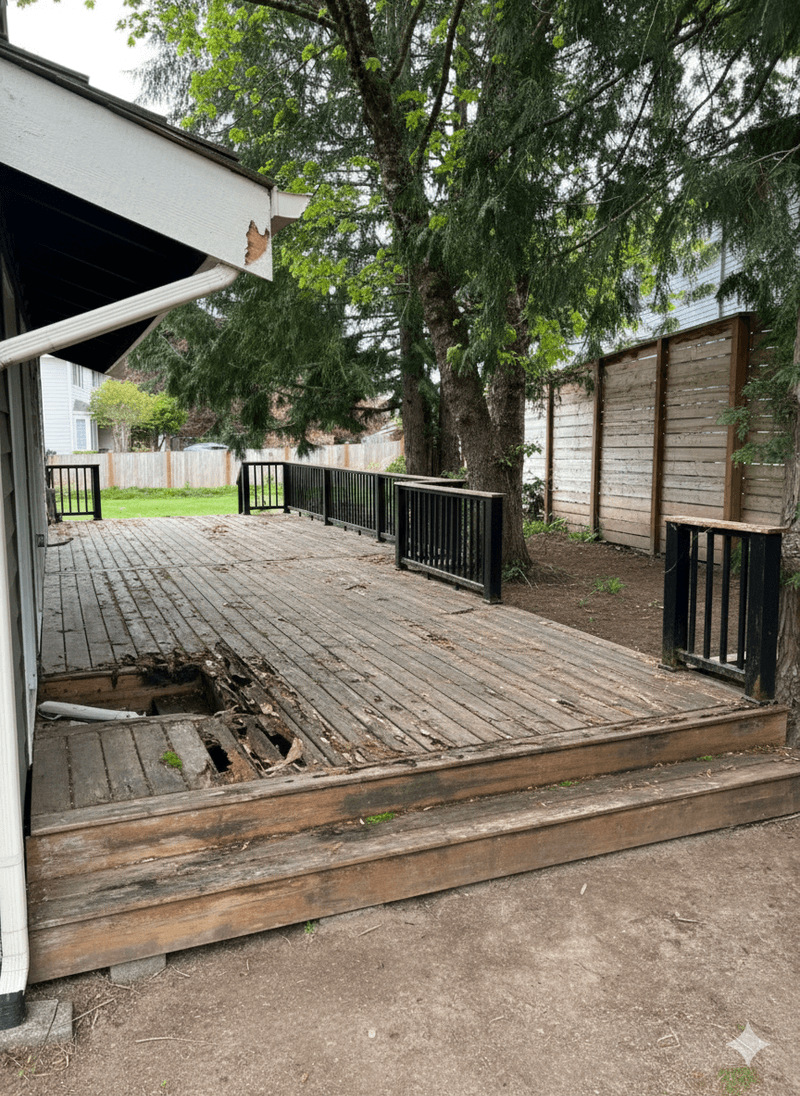

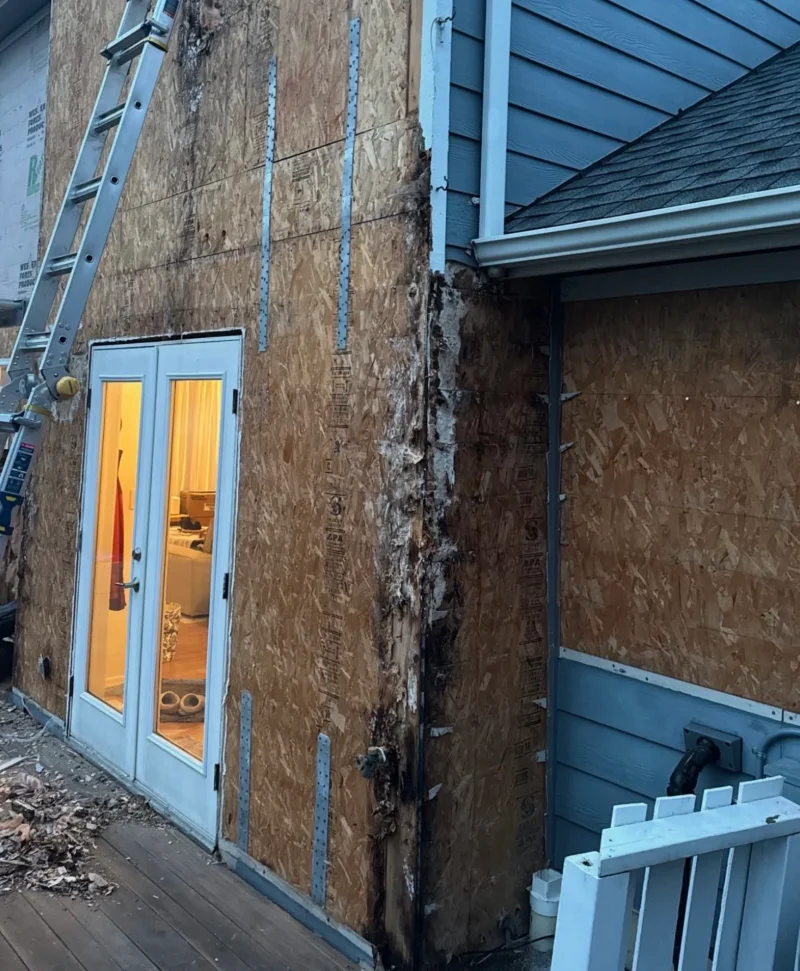
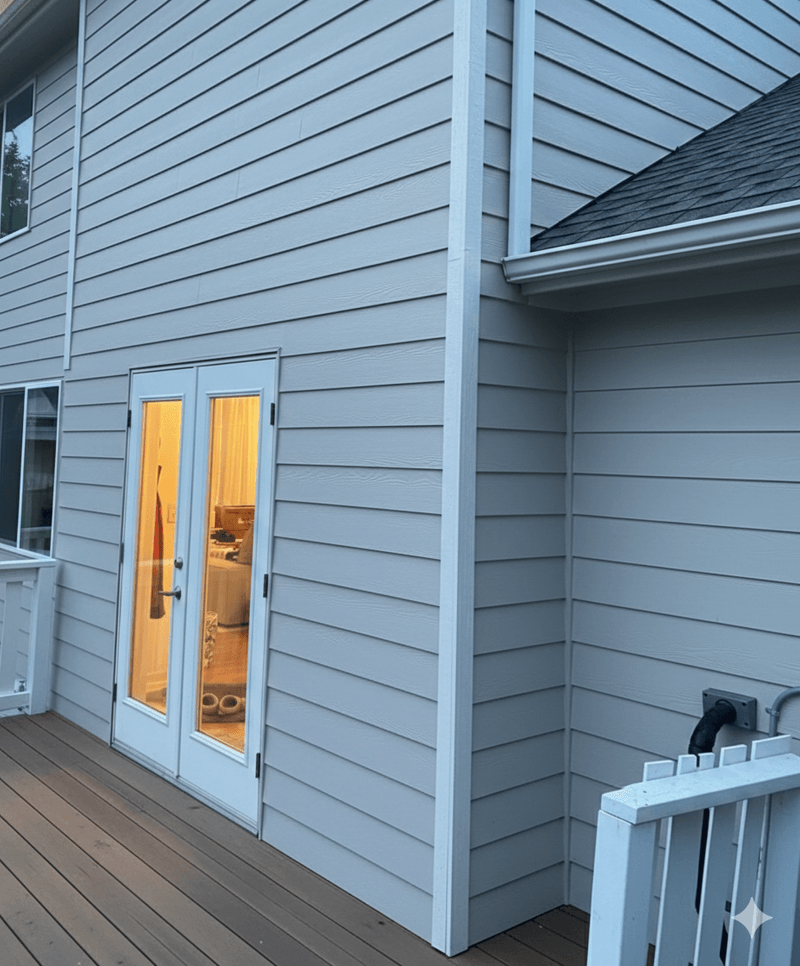
Dry Rot Prevention Tips
Preventing dry rot is about limiting wood exposure to moisture. Follow these preventative measures to protect your home.
Landscaping
Ensure sprinklers don't spray onto exterior trim. Water plants at roots to avoid wetting wood directly.
Deck Care
Properly seal wood decks. Install new decks with a slight slope to help water drain off easily.
Plumbing
Check under cabinets and around toilets regularly. Repair any leak immediately to prevent rot.
Roofing
Inspect your roof annually. Install gutters to redirect rainwater away from foundation.
Ventilation
Ensure proper ventilation in kitchens, attics, and bathrooms to remove excess moisture.
Painting
When painting outdoor wood, prime all six sides before applying any coat of paint.
FAQ
Dry rot is a type of wood decay caused by fungi that breaks down the cellulose and lignin in wood, causing it to become weak, brittle, and crumbly. Despite its name, dry rot actually requires moisture to develop. It can spread through your home's structure, compromising the integrity of framing, decks, siding, and trim if left untreated.
Common signs include wood that appears darker than surrounding areas, a musty smell, paint that's cracking or peeling, wood that feels soft or spongy when pressed, visible fungal growth, and wood that crumbles easily. You might also notice doors or windows that suddenly don't close properly due to warped framing.
Yes, dry rot can spread rapidly through your home. The fungi produce spores that travel through the air and can establish new colonies wherever they find suitable conditions—typically wood with moisture content above 20%. This is why addressing dry rot quickly is essential to prevent extensive damage.
Costs vary significantly based on the extent of damage and accessibility of affected areas. Minor repairs might cost a few hundred dollars, while extensive structural repairs can run several thousand. We provide free inspections and detailed estimates so you know exactly what to expect before any work begins.
Most repairs are completed within 1-3 days, depending on the scope of work. Larger projects involving structural repairs or multiple areas may take a week or more. We'll provide a timeline during your consultation and keep you informed throughout the process.
Yes, all our dry rot repairs come with a comprehensive 12-month warranty on all work. We stand behind our craftsmanship and use quality materials designed to resist future moisture damage. We'll discuss specific warranty terms during your consultation.
Seattle's Leading Dry Rot Repair Specialists
Here at GotRot, we know that your home should remain strong, safe, and attractive. With two decades of experience, we've helped Seattle homeowners deal with the menace of harmful dry rot, transforming vulnerable spaces into durable, rot-free areas. As a licensed and insured repair contractor, we've successfully completed over 500 projects, promising expert craftsmanship, clear communication, and a seamless experience from inspection to repair.
Commended for Outstanding Services
GotRot is trusted by numerous homeowners across Seattle and its surroundings. Our exceptional work has earned us industry recognitions and excellent service ratings.
- A+ BBB Accredited Business
- Google Guaranteed Contractor
- HomeAdvisor Elite Service
- 2023 & 2024 Best of Houzz Service Award
Our Core Principles
Transparency & Excellence
We believe that success is built on honesty and excellence. We keep you fully informed throughout the process, ensuring we deliver results that outshine your expectations.
Accurate Diagnosis & Repair
We understand the importance of precision. Our team ensures accurate diagnosis and thorough dry rot repair, leaving your home as good as new and preventing future issues.
Quality & Timely Service
Knowing that dry rot can become a menace if not promptly treated, we strive to deliver quality service in a timely manner, ensuring your comfort and peace of mind is not compromised.
Concrete Solutions to Dry Rot in Seattle
Dry rot can significantly affect the integrity of your home. Our Seattle dry rot repair services offer comprehensive inspection, treatment, and preventative measures, saving your home from further damage. Besides, we offer extensive repairs and replacements for the affected areas, including:
- Deck Repair
- Siding Repair
- Wood Frame Repair
- Water Leak Repair
- Window & Door Repair
- Crawl Space Repair
Your Reliable Partner Against Dry Rot
We aim to eradicate dry rot from your home, leaving it stronger and safer for you and your family. Here at GotRot, we are committed to delivering robust services that combat dry rot on all fronts:
- Thorough dry rot inspection by experienced professionals
- Comprehensive dry rot repair and prevention methods
- Prompt and effective damage control to your property
- Seamless restoration of your home’s aesthetics and structural integrity
Preventive Measures for Lasting Relief
We at GotRot, believe in not only combating the current dry rot but also in preventing potential future threats. Our protective measures ensure that your home stays rot-free, offering you lasting relief and continued comfort.
- Inspections for early detection of dry and wet rot
- Application of preventive treatments to vulnerable areas
- Repair of water leaks, a common source of rot
- Periodic follow-ups to ensure your home stays rot-free
Choose GotRot for Trusted Dry Rot Solutions
With GotRot, you can rest assured that your home is in trusted hands. We have:
- 20+ years of hands-on experience combating dry rot
- A successful track record of over 250 completed projects
- Recognition from top industry bodies like BBB, Houzz, Google, and HomeAdvisor
- Extensive local knowledge about Seattle's specific needs
Reliable Dry Rot Solutions in Seattle & Greater Areas
Seattle • Bellevue • Redmond • Bothell • Woodinville • Sammamish • Issaquah • Kenmore
Start Your Seattle Dry Rot Repair Project with GotRot Today
Is dry rot damaging your home? Let GotRot come to your rescue. Our comprehensive services, including dry rot repair, water leak repair, and wood frame repair, will restore your home to its original state.
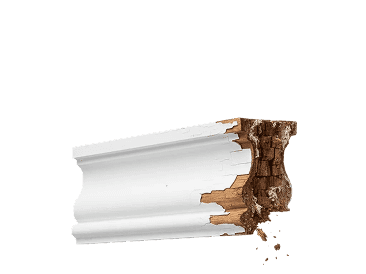
Why Choose GotRot?
- Free, no-pressure estimates
- 11+ years of experience
- Top-quality materials
- Fully licensed & insured
- 12-month warranty on all work
From Our Blog
View all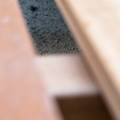
Do I Need a Permit to Fix a Deck in Bothell?
Oct 3, 2025
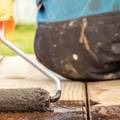
Best Time to Fix a Deck in Washington
Oct 3, 2025

How Much Does Deck Repair Cost in Washington?
Oct 3, 2025
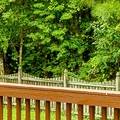
Why Is My Deck Railing Wobbly?
Oct 3, 2025

Can My Existing Deck Safely Hold a Hot Tub or Outdoor Kitchen?
Oct 3, 2025

Why Do Water Pipes Burst?
Apr 8, 2025

How to Get Rid of Mildew Smell
Apr 8, 2025
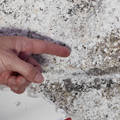
How Long Does it Take for Mold to Grow?
Apr 8, 2025
